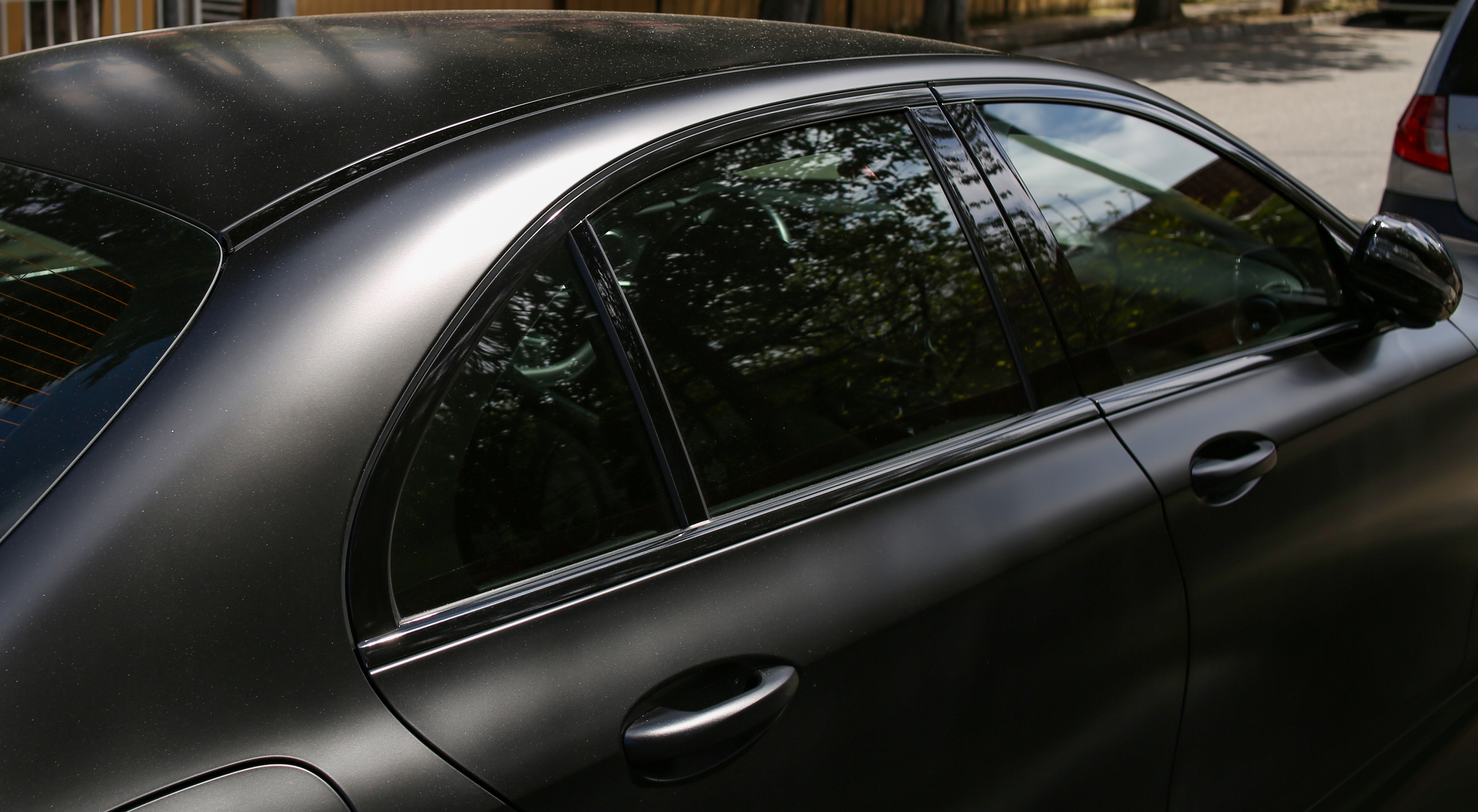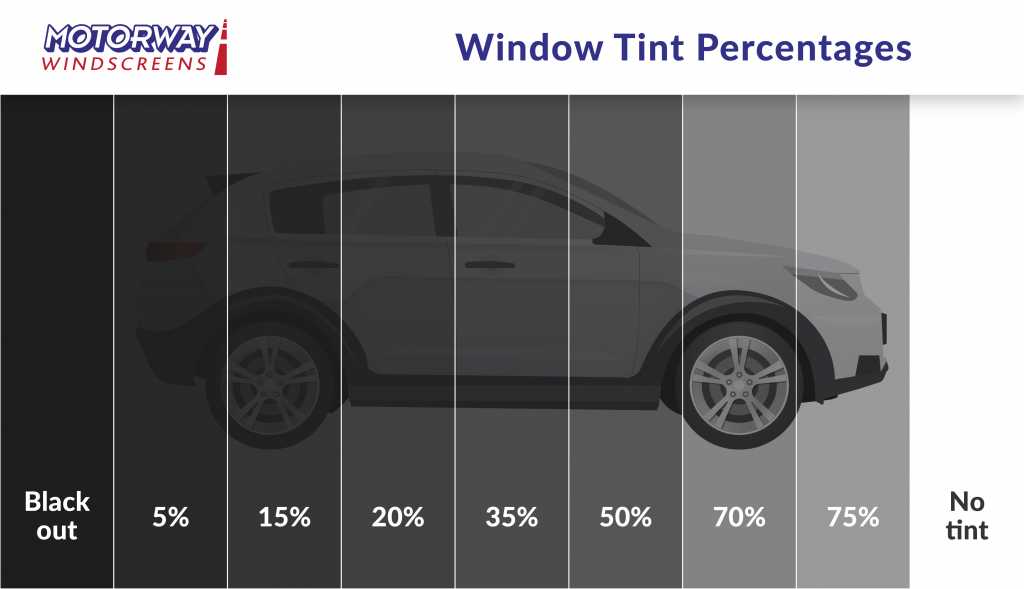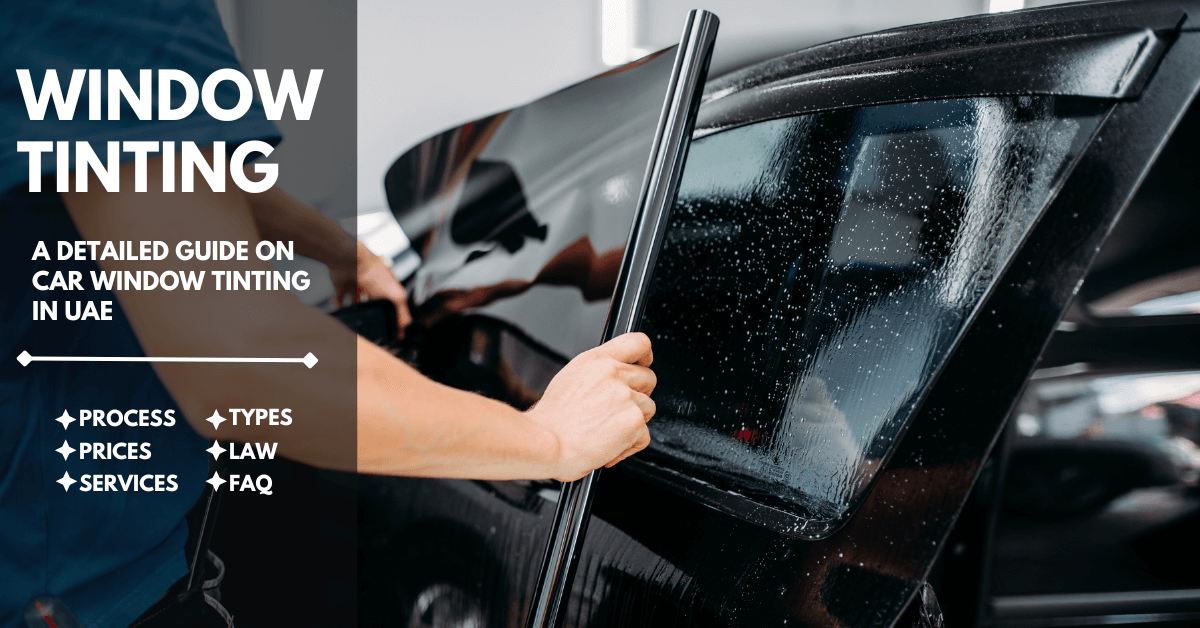A Comprehensive Guide to Recognizing Vehicle Home Window Color and Its Benefits
Vehicle home window tinting offers more than just an aesthetic objective for cars. It provides different types, each with unique features and advantages. Understanding these alternatives, in addition to lawful guidelines and upkeep ideas, is crucial for any type of car proprietor. The benefits might considerably improve driving comfort and automobile longevity. As one discovers the subtleties of window tinting, the question arises: what kind of color is finest suited for specific requirements?
Recognizing Car Home Window Tint: What It Is and Exactly how It Works
Automobile window tint functions as a safety barrier that boosts car appearances while providing useful benefits. This thin movie is related to the indoor surface area of car windows, reducing glow and obstructing dangerous ultraviolet (UV) rays from the sunlight. By filtering sunlight, auto home window tint aids to control the interior temperature of the lorry, leading to boosted comfort for passengers and reduced dependence on air conditioning.Additionally, it protects the vehicle's interior from fading, maintaining both upholstery and dashboard products. The tint can likewise enhance privacy, making it harder for outsiders to see inside the car. Moreover, specific kinds of window color can enhance safety and security; in case of an accident, the film aids hold destroyed glass with each other, minimizing the threat of injury from flying shards. Overall, car window color offers both functional and visual objectives, making it a popular choice among vehicle proprietors.
Sorts Of Window Color: A Review of Options
When considering home window tint choices, a number of kinds are readily available, each with distinctive characteristics. Dyed, metalized, and ceramic home window colors supply differing degrees of warmth being rejected, UV defense, and visual allure. Recognizing these differences can assist car owners make notified choices based on their needs and preferences.
Dyed Home Window Color
Dyed home window color stands for a prominent choice amongst auto proprietors seeking a reliable and budget friendly way to improve their car's appearances and personal privacy. This sort of color is developed by putting a layer of color between a safety finishing and an adhesive layer, leading to a darkened appearance that reduces glow and improves visual convenience. While dyed window tint effectively obstructs dangerous UV rays, it might not use the exact same level of heat being rejected as various other color types. Additionally, its color can discolor gradually, potentially lessening its performance. Regardless of these drawbacks, dyed window color remains preferred for its cost-effectiveness and capacity to provide a sleek, stylish seek to numerous vehicle designs.
Metalized Window Color
Metalized window tint uses an equilibrium of design and performance, making it a preferred choice among car owners. This kind of tint integrates metal bits within the movie, enhancing both visual charm and heat denial. The reflective quality of metalized color assists to decrease glare and improve privacy, while likewise supplying UV defense, which safeguards the vehicle's interior. Additionally, metalized window tint can strengthen home window toughness, possibly preventing shattering during mishaps. It is vital to keep in mind that the metallic elements can interfere with electronic signals, such as GPS and cell phone reception. On the whole, metalized window tint supplies an efficient solution for those looking for a mix of sturdiness, sun, and appearance protection for their vehicles.
Ceramic Window Tint
Ceramic window color represents an advanced option in the spectrum of automotive window films, using distinctive benefits over traditional colors. Unlike colored or metalized films, ceramic tints use innovative ceramic bits, which efficiently turn down warmth and UV rays without jeopardizing visibility. This innovation guarantees that lorries remain cooler, decreasing dependence on air conditioning and boosting fuel performance. Furthermore, ceramic window colors are much less likely to interfere with electronic gadgets, such as GPS or mobile signals, making them a useful choice for modern-day lorries. Additionally, their longevity and scrape resistance contribute to a longer life-span compared to various other kinds of tints. In general, ceramic window color gives exceptional efficiency, convenience, and protection, making it a preferred choice for discerning lorry owners.
Advantages of Auto Window Tint: Beyond Visual Appeals
While lots of people associate car window color with improved design, its benefits prolong much past plain looks. One substantial benefit is heat reduction; window tint can block up to 99% of dangerous UV rays, maintaining the interior colder and protecting upholstery from fading. This not just boosts convenience throughout heat yet also decreases reliance on air conditioning, bring about improved gas efficiency.In addition, vehicle window tint gives an added layer of personal privacy and safety. Colored home windows make it difficult for outsiders to see inside the lorry, which can hinder burglary and shield prized possessions. Furthermore, lots of colors enhance the glass, reducing the probability of ruining in the occasion of a mishap, thereby enhancing safety.In enhancement to these practical benefits, automobile home window tint can also add to glow reduction, improving presence for drivers and guests alike. This diverse technique to comfort and safety makes home window tint a valuable investment for vehicle proprietors.
Legal Factors To Consider: Tinting Regulations by State
Before committing to car window tint, vehicle owners should browse an intricate landscape of tinting regulations that differ by state. Each state has details regulations controling the permitted degrees of color darkness and reflectivity for various windows, consisting of windshields, front side home windows, and rear home windows. These policies often consist of noticeable light transmission (VLT) percents, which dictate exactly how much light can pass with the tinted glass.Some states permit darker colors on back windows while restricting front side and windshield colors for security factors. Furthermore, particular states may require a certificate from the maker to validate conformity with tinting legislations. Breaking these guidelines can cause penalties, mandatory elimination of the color, or both. As a result, it is essential for lorry proprietors to investigate their state's laws extensively to guarantee lawful conformity prior to installing window color. This diligence can save money and time in the long run.
Picking the Right Tint: Factors to Take into consideration
When picking the ideal window color for a lorry, a number of essential factors enter play. Color darkness levels, UV security ratings, and conformity with lawful policies are vital considerations to ensure both looks and functionality - Car Glass Tinting. Reviewing these aspects will help people make an educated decision that meets their needs and sticks to local laws
Color Darkness Levels
Choosing the ideal tint darkness level is crucial for achieving the wanted balance between appearances and capability in automobile window tinting. Various states have differing legal regulations regarding tint darkness, which can affect the option. Usually, tints are measured in portions, with lower percentages showing darker shades. Darker tints use enhanced personal privacy and a sleek look however can lower exposure, specifically at evening. Alternatively, lighter tints keep a more open feel, guaranteeing appropriate visibility while still giving some warm and official source glow reduction. When making a decision, individuals should consider their driving practices, local laws, and personal choices. Inevitably, the appropriate color darkness degree improves the lorry's appearance while guaranteeing safety and security and compliance with legal criteria.
UV Security Ranking
Tint darkness degrees play a significant function in the general performance of car home window tinting, yet an additional essential element to assess is the UV security score of the selected tint. This rating suggests the percent of unsafe ultraviolet rays that the tint can block. High-grade colors usually offer 99% or more UV protection, protecting travelers and the car's inside from sunlight damage. Extended exposure to UV rays can cause skin problems and fading of upholstery, making a high UV security rating vital for health and wellness and long life. When choosing window color, customers must prioritize this ranking along with darkness degrees to ensure maximum comfort and safety while driving. Comprehending these factors help in making an educated choice when buying vehicle window tinting.
Lawful Rules Conformity
Recognizing regional lawful regulations is important for any individual taking into consideration automobile home window tinting. Each state or region has particular legislations controling the permitted degrees of tint darkness and reflectivity for different home windows. These policies frequently define the noticeable light transmission percentage, establishing just how much light can pass through the colored glass. Non-compliance can bring about fines, compulsory elimination of the color, or check my blog concerns throughout car evaluations. Additionally, some locations might have constraints on using specific tinting materials, needing customers to select products that satisfy safety and security standards. Subsequently, it is necessary for automobile owners to investigate their regional laws extensively before picking window tint to guarantee conformity and avoid possible legal issues.
Installment Process: do it yourself vs. Professional Services
Just how does one choose in between a do it yourself setup and employing specialist solutions for automobile window tinting? The choice typically rests on budget, experience, and preferred results. A DIY method can be economical, permitting individuals to reduce labor prices. However, it needs a specific level of skill and understanding regarding the tinting procedure. Those who are meticulous and client might find success with DIY sets readily available in the market.Conversely, professional services provide experience and top notch materials, making certain a remarkable coating. Experts often guarantee their job, providing satisfaction versus prospective problems such as gurgling or peeling. Furthermore, they know with regional legislations relating to tinting, which can be complicated for the typical car owner.Ultimately, the decision mirrors an equilibrium in between expense, personal capability, and the expected quality of the tinting work. Each alternative has its benefits, and the most effective option depends upon private situations and preferences.
Upkeep Tips: Maintaining Your Color in Leading Condition
Maintaining the appearance and capability of home window tint calls for normal interest and care, especially in varying climate problems. To protect the color, it is necessary to prevent using unpleasant cleansing materials, which can damage or harm the film. Car Glass Tinting. Instead, soft microfiber towels and gentle, ammonia-free cleaners should be made use of for cleaning up the tinted surfaces.Furthermore, it is advisable to wait a minimum of thirty day after installation before cleaning up the windows to allow the color to fully stick. Vehicle parking in shaded locations or using sunshades can aid decrease the fading impacts of UV rays and extend the tint's life-span. Regular examinations for bubbles, peeling off, or staining are suggested, as very early detection can promote repair work. Staying clear of extreme temperature level variations, such as pressing hot windows in cool weather condition, will certainly help maintain the color's stability and appearance over time.
Regularly Asked Questions

How Much Time Does Home Window Tint Normally Last on a Lorry?
Home window color typically lasts in between five to 10 years, depending on variables such as top quality, application, and ecological problems. Routine upkeep and proper treatment can extend its lifespan, guaranteeing optimal performance and appearance over time.
Can Home Window Tinting Damage My Car's Original Glass?
Home window tinting, when used appropriately, does not harm an automobile's original glass. However, improper setup or low-quality products might bring about problems like bubbling or peeling off, potentially influencing the glass's honesty in time.
Is Window Tinting Safe for All Types of Vehicles?

Will Window Tinting Void My Automobile Warranty?
The like it concern of whether home window tinting spaces a car warranty typically depends upon the maker's plans. Usually, if the tint does not damage the vehicle, warranties normally stay undamaged. Nonetheless, seeking advice from the dealer is suggested.

Can I Get Rid Of Window Color Myself if Needed?
Eliminating window color oneself is feasible, however it needs careful focus to stay clear of damaging the glass. People ought to make use of suitable devices and techniques to ensure an effective removal without leaving sticky deposit or scratches behind. While colored window tint successfully blocks hazardous UV rays, it may not use the very same degree of warmth denial as other color kinds. Ceramic home window tint represents an innovative option in the spectrum of vehicle home window films, using distinctive advantages over conventional tints. Prior to committing to vehicle home window tint, car proprietors must navigate an intricate landscape of tinting laws that differ by state. These guidelines often consist of noticeable light transmission (VLT) portions, which determine just how much light can pass via the colored glass.Some states permit darker tints on rear home windows while limiting front side and windshield colors for safety and security reasons. Tint darkness levels play a substantial role in the general efficiency of vehicle window tinting, but one more crucial variable to review is the UV defense rating of the chosen color.